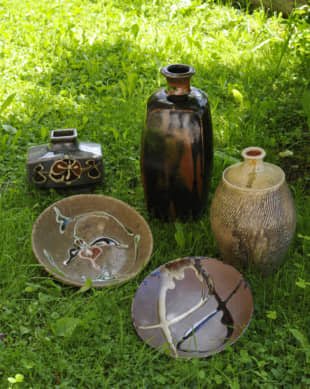One Japanese writer and philosopher noted for his ability to explain his country's aesthetic ideals intelligibly to Westerners was Muneyoshi Yanagi (1889-1961). He analyzed the beauty of handmade arts in the book "The Unknown Craftsman" (Kodansha International, 1972).

In this seminal work, Yanagi demonstrated that extraordinary beauty can be found in items made for everyday use. He espoused that objects created by honest craftsmen are often of a high aesthetic order while artists' attempts to make something beautiful usually fail. Of course, we have to see this in the context of history since almost everything before the modern period was made of natural materials that became more beautiful with use and age, compared with modern, synthetic materials that can look and feel unpleasant when new and rapidly worsen.


















With your current subscription plan you can comment on stories. However, before writing your first comment, please create a display name in the Profile section of your subscriber account page.